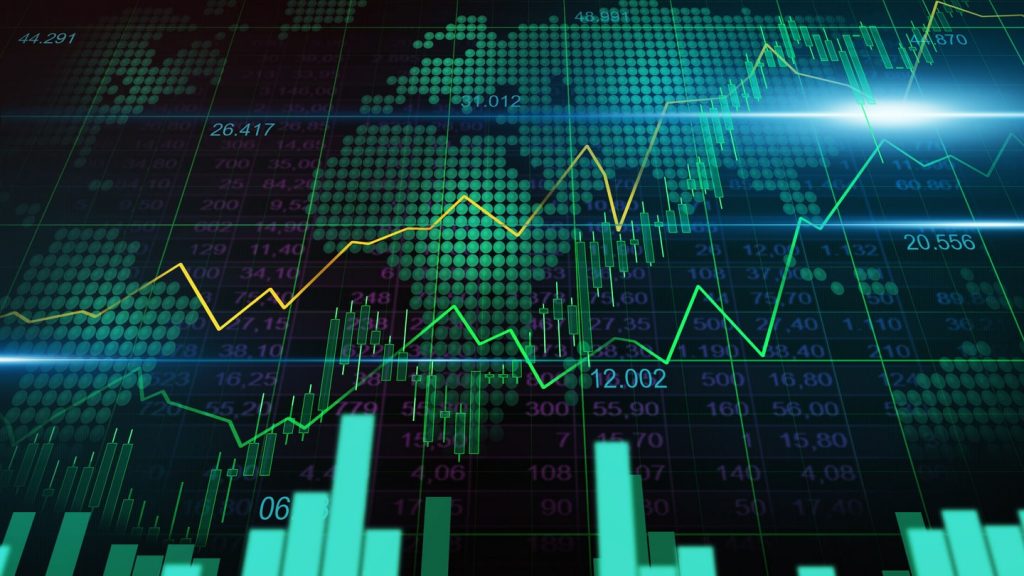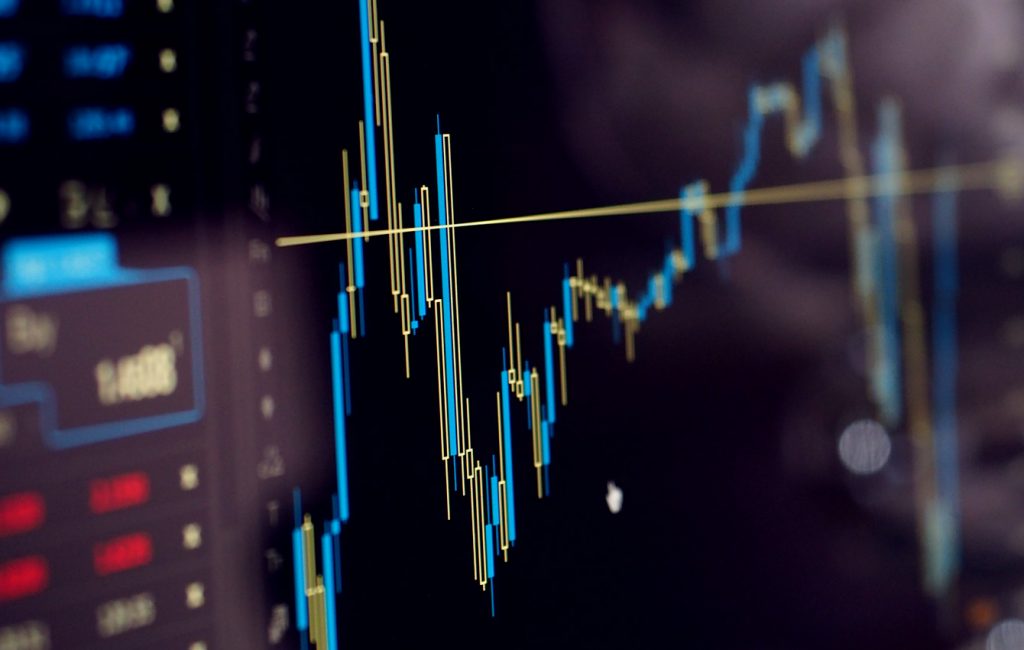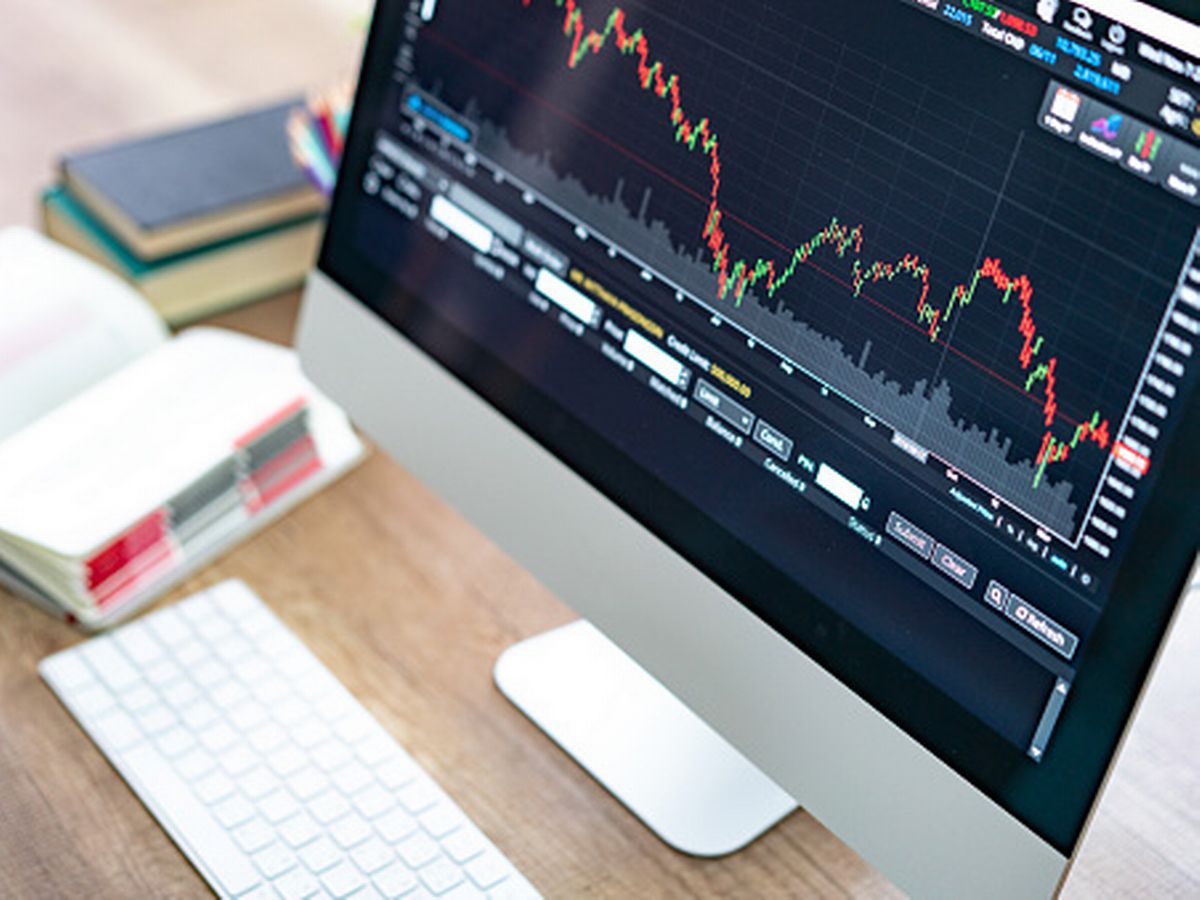These are called exchange traded funds, followers, index funds or even Exchange Traded Funds (abbreviated to “ETF”). Behind these complicated terms is actually a simple and effective way of investing on the stock market. Still little known to the general public, this type of mutual fund is a popular selling point for new digital platforms. And possibly one of the best investments of 2020. What exactly is it?
Listed funds: what are we talking about?

Under this complicated name is simply a category of quoted funds. ETFs are financial instruments that seek to replicate the performance of a stock index, the “underlying”, in a passive way.
With these funds you can follow almost all the indexes of the main financial centres. Among the most popular indices are stock and sector ETFs (technology, sustainable development, commodities, etc.).
The advantage of ETFs is that they give access to any asset class: shares, bonds, treasury bills, etc. by concentrating on a single stock market index (Cac 40, EuroSTOXX 50, etc.). Hence their nickname “trackers”, which stems from the fact that these funds track and replicate the performance of the benchmark stock index. No selection is made between the stocks that make up the index.
The ETF tracks the index, without distinction. This is what we mean by “passive management” or “lazy investment”.
It is therefore a way to invest in the stock market without having to rank companies to add to your portfolio, because ETFs allow you to invest instantly and simultaneously in all companies represented within the ‘track’. In other words, these funds are simply “listening to the market”. Continuous listening which aims to reproduce as closely as possible the performance of the monitored index.
Taking the example of the CAC 40, an ETF indexed to the CAC will allow investment in all CAC 40 companies, and will achieve a return equivalent to that of the CAC 40.
This is what distinguishes ETFs from other investment vehicles. The SICAV fund and other more “classic” funds seek to obtain the best performance thanks to a monopolised portfolio carefully composed for this tremendous resource. They analyze each asset, study the competition, and deploy treasures of data to ensure they get THE performance that will outshine all others.
Consequence: long and costly research for the management company, reflected in the fees charged to the investor (on average around 2% per year, excluding entry fees). And the final return for the investor is logically reduced by these costs…
Why bet on ETFs in 2020?

Because they use “passive management”, ETFs are much less expensive. For similar or even better performance than traditional funds, trackers have significantly lower management fees.
But that’s not all: ETFs offer the possibility of investing in a diversified portfolio of securities, while benefiting from continuous trading, unlike UCITS, for example, which rely on a valuation calculated every day or every week.
Here again, the investor finds an advantage since, if quoted continuously, these funds are open for trading during stock exchange opening hours.
How to invest in ETFs in 2020?
ETFs are on the rise in 2020. These new funds are particularly popular with digital companies that specialise in savings products. Some have even made it their main selling point. Indeed, if they cost less to the investor, it is mainly because they cost less to their managers – up to 10 times less than with traditional funds.
Certain life insurance contracts offer the possibility of investing in these ETFs. If you are tempted to bring your life insurance policy to life with one (or more) ETFs, be sure to distinguish between the different categories of ETFs when you complete your basket. In fact, there are many other categories of ETFs: by geographical sector, activity, real estate trackers, trade trackers, etc. The two main ones are:
- equity ETFs that have a risk and return level;
- the ETF for bonds that have a lower yield and a lower level of risk.
We can draw a parallel with the euro funds and the CU: the former do not contribute much but allow you to secure a part of your capital. With the latter, you take more risk, but the return is potentially higher. The same logic applies to ETFs.
Invest with ADP
The Share Savings Plan (SSP) is gradually being opened up to ETFs. As a reminder, this savings product consists of a fiscal envelope backed by a current account in which the investor places his securities. The PEA is open to all Britain and European shares held directly, but also to funds (provided they contain 75% European shares) and ETFs.

